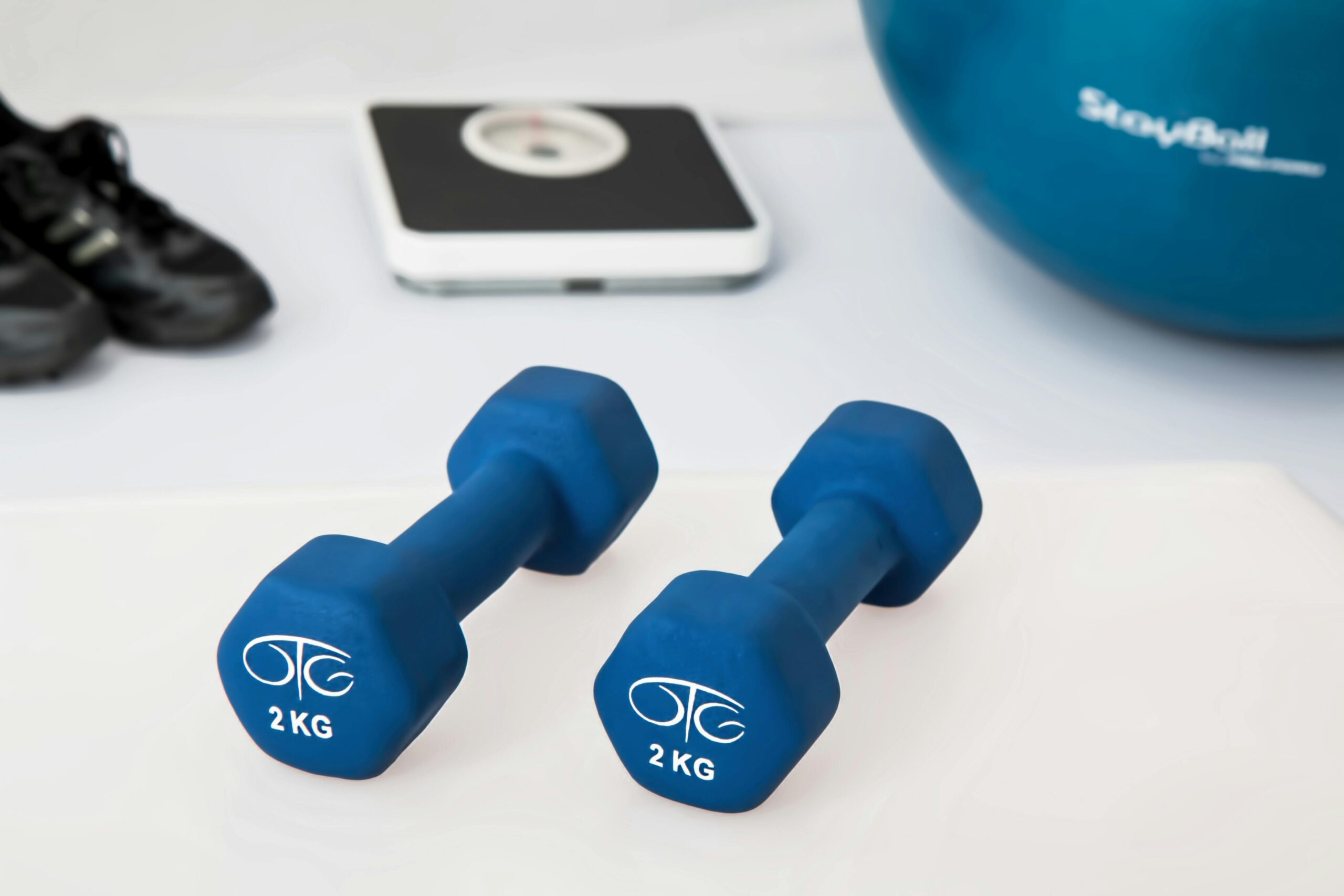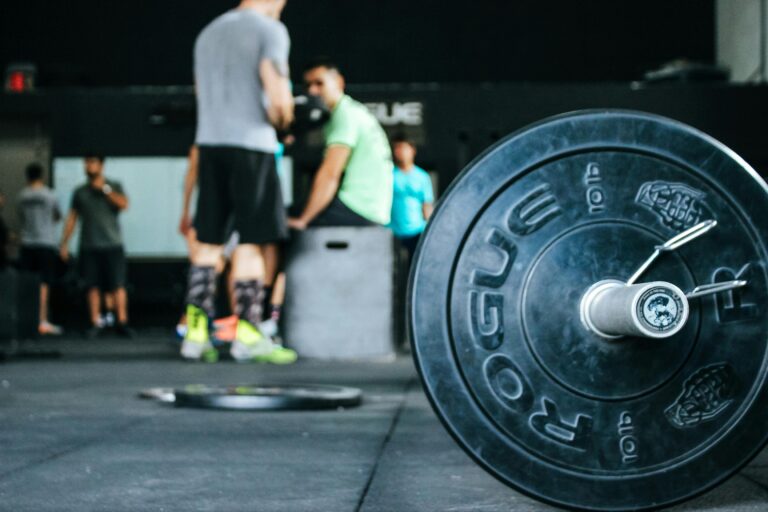Introduction
Introduction
Building and maintaining a sustainable fitness routine is crucial for long-term health and well-being. Many people start their fitness journey with enthusiasm but struggle to maintain consistency over time. This blog aims to address common challenges by providing practical and proven strategies to help you stay on track. Whether you’re a beginner or someone looking to rekindle their fitness motivation, these tips will guide you towards creating a routine that fits seamlessly into your lifestyle. Let’s embark on this journey towards better health and fitness together.
1. Set Clear and Realistic Goals
Setting clear and realistic goals is the foundation of any successful fitness routine. SMART goals—Specific, Measurable, Achievable, Relevant, and Time-bound—are particularly effective. For instance, rather than aiming to “get fit,” a SMART goal would be to walk for 30 minutes, do 20 pushups a day, do 20 squats a day or do minimum 20-30 minutes any exercise at home etc. Such specific goals provide a clear target and a timeline, making it easier to track progress and stay motivated. Start with small, achievable goals to build confidence and momentum. Over time, these small victories will accumulate, leading to significant progress and sustained motivation. Remember, fitness is a marathon, not a sprint. Set goals that challenge you but are within reach, ensuring long-term success.
2. Create a Personalized Workout Plan
A personalized workout plan is crucial for addressing individual needs and preferences. Begin by assessing your current fitness level, considering factors like strength, endurance, and flexibility. Incorporate a balanced mix of cardio, strength training, and flexibility exercises to ensure comprehensive fitness development. For example, you might include running for cardiovascular health, weight lifting for strength, and yoga for flexibility. Tailor the intensity and frequency of your workouts to match your fitness level and goals. A well-rounded plan not only enhances physical health but also prevents boredom, keeping you engaged and motivated. Personalization ensures that your routine is both effective and enjoyable, increasing the likelihood of long-term adherence.
3. Find Activities You Enjoy
Enjoyment is a key factor in maintaining a consistent fitness routine. Engaging in activities you love makes exercise feel less like a bore and more like a fun, rewarding experience. Explore various types of workouts to discover what you enjoy most, whether it’s dancing, swimming, cycling, or playing a sport. Incorporate these activities into your routine to keep things interesting and enjoyable. Additionally, trying new activities can add excitement and prevent monotony. Remember, the best workout is one that you look forward to and are willing to do regularly. Finding joy in your fitness routine makes it easier to stick with it in the long run.
4. Schedule Your Workouts
Consistency is crucial for a sustainable fitness routine, and scheduling your workouts can help achieve this. Treat your exercise sessions like important appointments that you cannot miss. Use a planner, calendar, or fitness app to set specific times for your workouts each week. This not only helps in establishing a routine but also ensures that you allocate dedicated time for fitness amidst your busy schedule. Morning workouts might suit some, while others may prefer evening sessions. Find what works best for you and stick to it. By making exercise a non-negotiable part of your daily schedule, you build a habit that becomes an integral part of your lifestyle.
5. Start Slowly and Progress Gradually
Starting slowly and progressing gradually is essential to avoid burnout and injury. It’s tempting to dive into a new fitness routine with full force, but overexertion can lead to setbacks. Begin with exercises that match your current fitness level, gradually increasing intensity and duration over time. This approach allows your body to adapt, reducing the risk of injury and making it easier to sustain your routine. For example, if you’re new to running, start with a mix of walking and jogging, gradually increasing the jogging intervals. If you’re new to strength training , start with body weight exercise and then gradually increase the weight. This gradual progression helps build endurance and strength steadily, setting a solid foundation for long-term fitness success.
6. Mix It Up to Avoid Boredom
Variety is the spice of life, and this holds true for your fitness routine as well. Mixing up your workouts keeps things interesting and prevents boredom, which can derail your progress. Incorporate different types of exercises, such as strength training, cardio, flexibility workouts, and recreational activities like hiking or dancing. Changing your routine not only keeps you mentally engaged but also challenges your body in new ways, promoting overall fitness and preventing plateaus. For instance, you could alternate between running, swimming, strength training and cycling each week. By regularly introducing new activities, you keep your fitness journey exciting and ensure long-term commitment.
7. Track Your Progress
Tracking your progress is vital for maintaining motivation and seeing tangible results. Use fitness journals, apps, or even photos to record your achievements and monitor changes in your performance, strength, and physical appearance. Celebrating small milestones, such as lifting heavier weights or running faster, can boost your morale and encourage you to keep pushing forward. Regularly reviewing your progress helps you stay focused on your goals and make necessary adjustments to your workout plan. Additionally, seeing how far you’ve come reinforces your commitment and drives you to achieve even more. Effective tracking transforms your fitness journey into a series of rewarding accomplishments.
8. Prioritize Recovery and Rest
Recovery and rest are often overlooked but are crucial components of a sustainable fitness routine. Giving your body time to repair and rebuild muscles after intense workouts prevents injury and enhances performance. Incorporate rest days into your weekly schedule and listen to your body’s signals to avoid overtraining. Techniques such as stretching, foam rolling, and proper hydration can aid in recovery. Quality sleep is also vital, as it allows your body to heal and recharge. By prioritizing recovery, you ensure that you can continue working out effectively and sustainably. Remember, rest is not a break from your fitness routine; it’s an essential part of it.
9. Seek Support and Accountability
Having a support system can significantly impact your fitness journey. Sharing your goals with friends, family, or a fitness community can provide motivation and accountability. Working out with a buddy or joining group classes creates a sense of camaraderie and makes exercising more enjoyable. Online communities and social media groups can also offer encouragement and share tips. Consider hiring a personal trainer for professional guidance and support. Accountability partners help you stay committed, celebrate your successes, and navigate challenges. Surrounding yourself with supportive individuals who share your fitness goals enhances your motivation and increases the likelihood of long-term success.
10. Maintain a Balanced Lifestyle
A sustainable fitness routine is just one component of a healthy lifestyle. Integrate your workouts with other aspects of wellness, such as proper nutrition, adequate sleep, and stress management. Eating a balanced diet fuels your body for exercise and aids recovery, while sufficient sleep ensures you have the energy and focus needed for your workouts. Managing stress through activities like meditation or hobbies keeps your mind healthy, which in turn supports your physical health. Adopting a holistic approach to fitness ensures that all aspects of your well-being are addressed, creating a balanced, healthy lifestyle that supports long-term fitness goals.
Conclusion
Building a sustainable fitness routine requires dedication, planning, and a positive mindset. By setting clear goals, creating personalized plans, finding enjoyable activities, scheduling workouts, starting gradually, mixing up routines, tracking progress, prioritizing recovery, seeking support, and maintaining a balanced lifestyle, you can achieve long-term fitness success. Remember, the journey is personal and unique to each individual. Stay committed, be patient with yourself, and celebrate every milestone along the way. Fitness is not just about reaching a destination; it’s about enjoying and embracing the journey towards a healthier, happier you.






